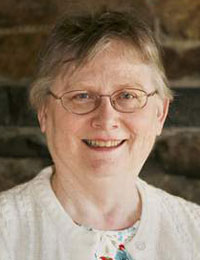 The question came up after last week’s post about the length of mourning periods between remarriages in seventeenth-century New England. It has always been my (undocumented) impression that the traditional one-year mourning period was usually observed except for emergency situations, such as the need to care for infant and young children.
The question came up after last week’s post about the length of mourning periods between remarriages in seventeenth-century New England. It has always been my (undocumented) impression that the traditional one-year mourning period was usually observed except for emergency situations, such as the need to care for infant and young children.
I looked around for some studies to see if I could back that up with statistics, but so far I have not found anything that particularly applies to early New England – a lot yet to track down, especially in books that are not available online. So I decided to start my own study using the Early New England Families sketches. Continue reading Remarriage

